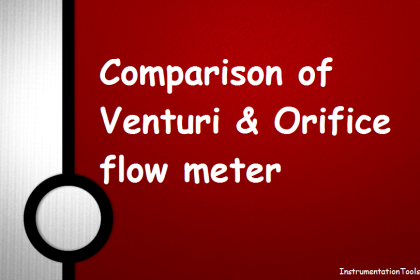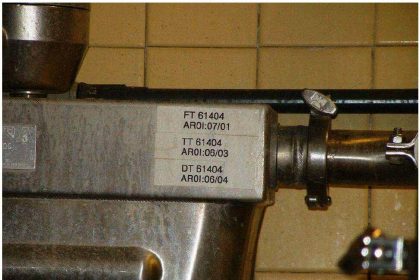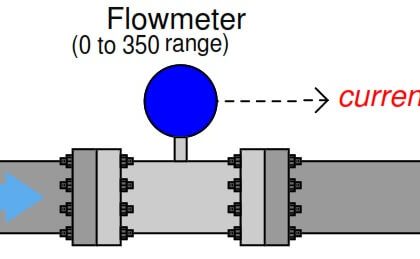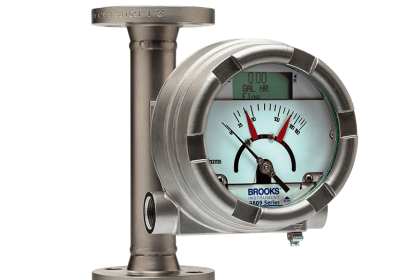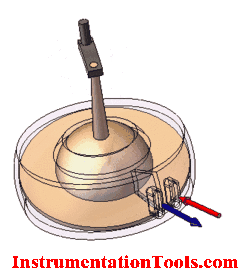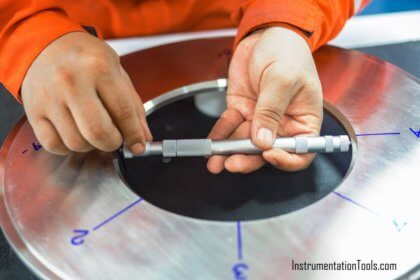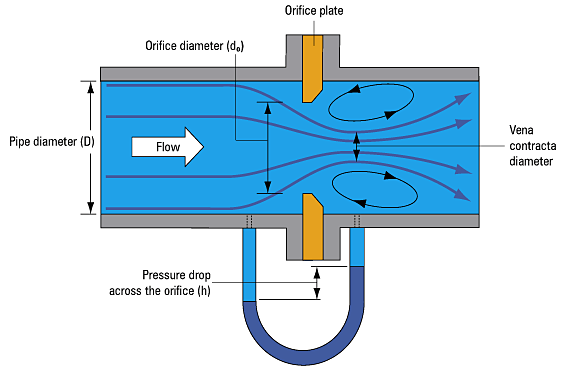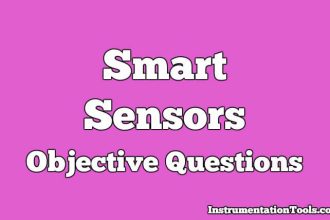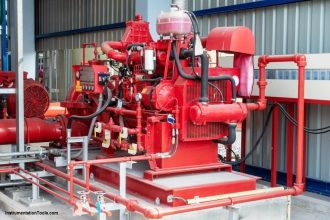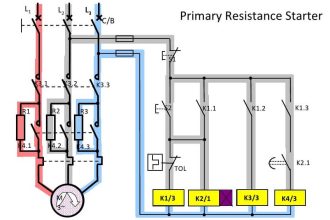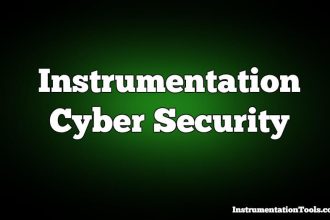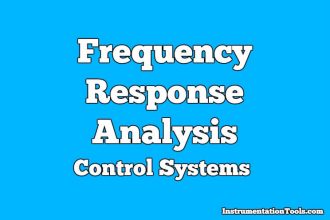The measurement of fluid flow is arguably the single most complex type of process variable measurement in all industrial instrumentation.
Not only is there a bewildering array of technologies one might use to measure fluid flow – each one with its own limitations and idiosyncrasies – but the very nature of the variable itself lacks a singular definition.
Flow Measurement
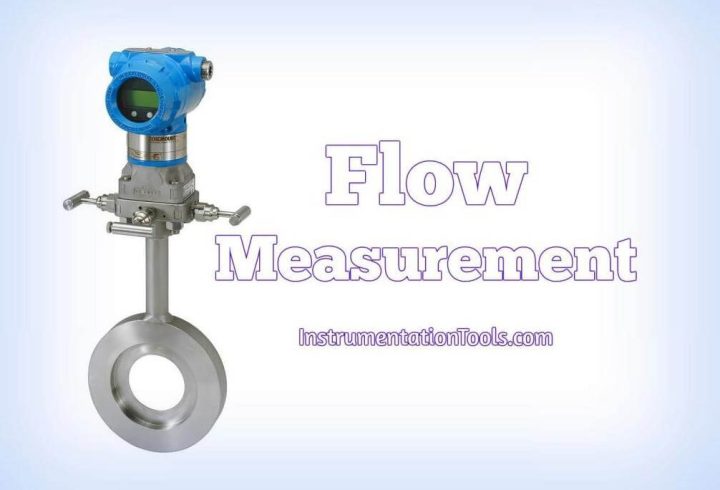
“Flow” may refer to volumetric flow (the number of fluid volumes passing by per unit time), mass flow (the number of fluid mass units passing by per unit time), or even standardized volumetric flow (the number of gas volumes flowing, supposing different pressure and temperature values than what the actual process line operates at).
Flow meters configured to work with gas or vapor flows often are unusable on liquid flows. The dynamic properties of the fluids themselves change with flow rates.
Most flow measurement technologies cannot achieve respectable measurement linearity from the maximum rated flow all the way to zero flow, no matter how well-matched they might be to the process application.
Furthermore, the performance of most flow meter technologies critically depends on proper installation.
One cannot simply hang a flow meter at any location in a piping system and expect it to function as designed. This is a constant source of friction between piping (mechanical) engineers and instrumentation (controls) engineers on large industrial projects.
What might be considered an excellent piping layout from the perspective of process equipment function and economy is often poor (at best) for good flow measurement, and vice-versa. In many cases, the flowmeter equipment gets installed improperly and the instrument technicians have to deal with the resulting measurement problems during process unit start-up.
Even after a flow meter has been properly selected for the process application and properly installed in the piping, problems may arise due to changes in process fluid properties (density, viscosity, conductivity), or the presence of impurities in the process fluid.
Flowmeters are also subject to far more “wear and tear” than most other primary sensing elements, given the fact that a flowmeter’s sensing element(s) must lie directly in the path of potentially abrasive fluid streams.
Given all these complications, it is imperative for instrumentation professionals to understand the complexities of flow measurement. What matters most is that you thoroughly understand the physical principles upon which each flowmeter depends. If the “first principles” of each technology are understood, the appropriate applications and potential problems become much easier to recognize.
If you liked this article, then please subscribe to our YouTube Channel for Instrumentation, Electrical, PLC, and SCADA video tutorials.
You can also follow us on Facebook and Twitter to receive daily updates.
Read Next:
- Ultrasonic Doppler Flow Meter
- What is Averaging Pitot Tube?
- Industrial Instrumentation Quiz
- Wedge Flow Meter Principle
- Standardized Volumetric Flow
